Pet
Feeding your feline: A guide to cat nutrition H14
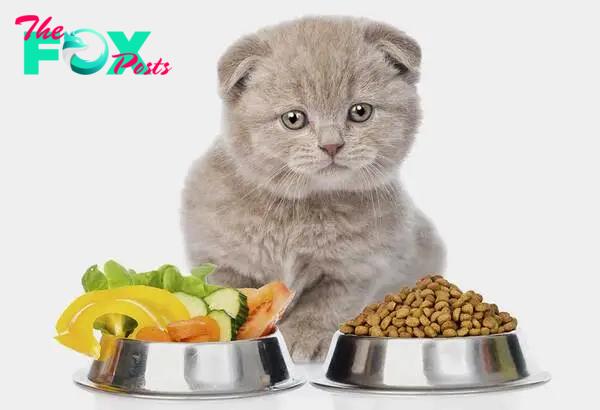
Feeding Your Feline: A Guide to Cat Nutrition
Proper nutrition is fundamental to the health and well-being of your cat. A balanced diet ensures your feline friend maintains a healthy weight, stays energetic, and reduces the risk of chronic diseases. This comprehensive guide covers everything you need to know about cat nutrition, including dietary needs, choosing the right food, and common feeding mistakes to avoid.
Understanding a Cat’s Dietary Needs
Cats are obligate carnivores, meaning their diet must primarily consist of meat. Unlike omnivores, cats cannot synthesize certain essential nutrients and must obtain them from animal-based proteins. Key nutrients that cats need include:
1. Protein: Vital for growth, muscle maintenance, and energy.
2. Taurine: An amino acid crucial for heart health, vision, and reproduction.
3. Arachidonic Acid: A fatty acid necessary for skin health, reproductive function, and inflammation control.
4. Vitamins: A, D, E, K, and B vitamins are essential for overall health.
5. Minerals:Calcium, phosphorus, magnesium, sodium, and potassium for bone health, nerve function, and metabolic processes.
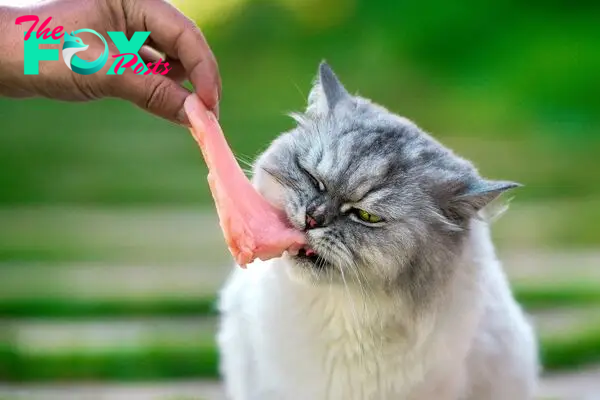
Choosing the Right Cat Food
Selecting the appropriate cat food can be overwhelming with numerous options available. Here’s a breakdown to help you make an informed decision:
1. Dry Food: Also known as kibble, dry food is convenient and has a long shelf life. It helps with dental health by reducing plaque buildup. However, it has lower moisture content, so ensure your cat drinks plenty of water.
2. Wet Food:Canned food is higher in moisture, which is beneficial for urinary tract Health and hydration. It’s often more palatable and digestible but can be more expensive and requires refrigeration.
3. Semi-Moist Food: These are soft pellets with higher moisture content than dry food but less than wet food. They are convenient but often contain higher levels of sugar and preservatives.
4. Raw Food: Some cat owners opt for a raw diet, consisting of uncooked meat, organs, and bones. This diet aims to mimic what cats would eat in the wild. However, it requires careful preparation to avoid nutritional imbalances and bacterial contamination.
5. Homemade Food: Preparing homemade meals allows control over ingredients but requires a thorough understanding of feline nutrition to ensure a balanced diet. Consultation with a veterinarian or a pet nutritionist is essential.
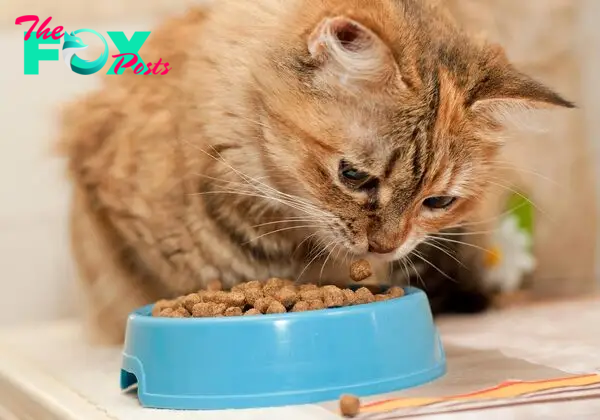
Reading Cat Food Labels
Understanding cat food labels helps in selecting a nutritionally balanced product. Look for the following:
1. AAFCO Statement: The Association of American Feed Control Officials (AAFCO) sets nutritional standards. Ensure the food meets AAFCO guidelines for a balanced diet.
2. Ingredients List: Ingredients are listed by weight. Look for named meat sources (e.g., chicken, beef) as the first ingredient. Avoid foods with vague terms like “meat by-products” or excessive fillers like corn and soy.
3. Guaranteed Analysis: This section shows the minimum percentages of crude protein and fat, and the maximum percentages of fiber and moisture. Compare these to ensure the food meets your cat’s nutritional needs.

Feeding Guidelines and Portion Control
Cats are notorious for being picky eaters and can easily overeat if food is left out all day. Follow these tips for proper feeding:
1. Portion Size: Follow the feeding guidelines on the cat food package, adjusted for your cat’s age, weight, and activity level. Monitor your cat’s body condition and adjust portions as needed.
2. Feeding Schedule: Establish a consistent feeding schedule with specific meal times rather than free-feeding. This helps with portion control and prevents obesity.
3. Transitioning Foods: When changing your cat’s diet, do it gradually over 7-10 days. Mix increasing amounts of the new food with the old to avoid digestive upset.
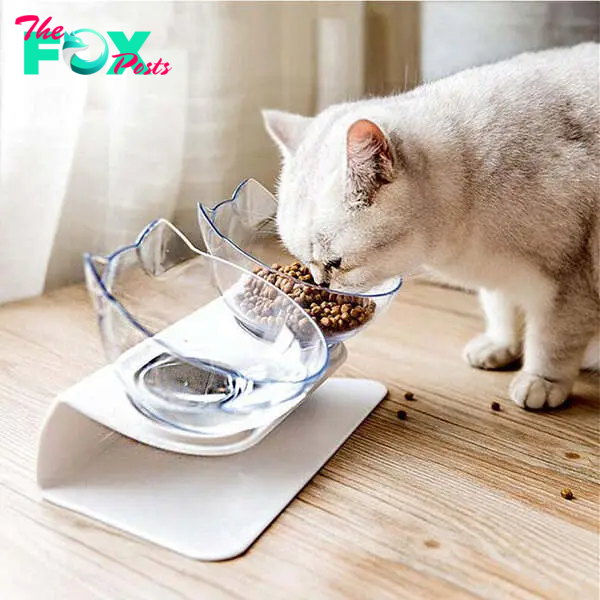
Common Feeding Mistakes to Avoid
1. Overfeeding:Obesity is a common issue in cats, leading to various health problems like diabetes and joint issues. Monitor portions and avoid excessive treats.
2. Feeding Dog Food: Dog food lacks essential nutrients that cats need, such as taurine. Never substitute cat food with dog food.
3. Human Food: Many human foods are toxic to cats, including onions, garlic, chocolate, and alcohol. Stick to cat-specific treats and foods.
4. Ignoring Water Intake: Hydration is crucial, especially if feeding dry food. Ensure fresh water is always available. Some cats prefer running water, so consider a cat water fountain.
Special Dietary Needs
Some cats have specific dietary requirements due to health conditions:
1. Kidney Disease: Cats with kidney disease require a diet low in phosphorus and protein but high in moisture. Specialized veterinary diets are available.
2. Diabetes: Diabetic cats benefit from high-protein, low-carbohydrate diets to help manage blood sugar levels.
3. Allergies: Food allergies may necessitate a hypoallergenic diet, often involving novel proteins like duck or venison.
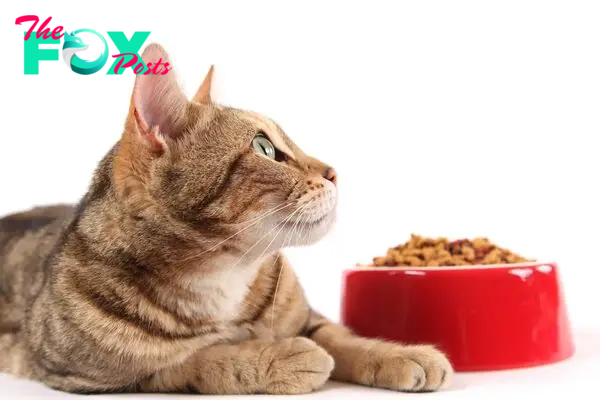
-

 Pet1m ago
Pet1m agoCelebrating Me: A Journey of Self-Love and Independence on My 5th Birthday.lamz
-

 Pet1m ago
Pet1m agoHeroic Rescue and Heartwarming Adoption: A Brave Police Officer’s Unforgettable Journey with an Adorable Puppy.hanh
-

 Pet1m ago
Pet1m ago¡Felicidades en tu día! Tranquilo, ¡los mejores deseos siempre llegan cuando tienen que llegar!.lamz
-
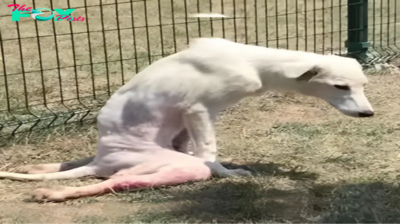
 Pet1m ago
Pet1m agoFrom Abandoned to Empowered: A Dog Reclaims Its First Steps After Being Left Behind.hanh
-

 Pet1m ago
Pet1m agoA Silent Celebration: My Birthday 🎂🎁🎈🎉 Without Wishes Yet.hanh
-
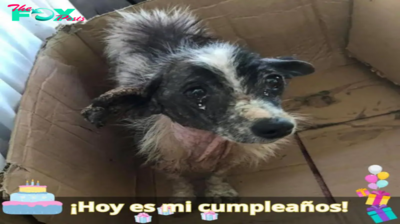
 Pet1m ago
Pet1m agoA pesar de una década de devoción, Annie fue cruelmente abandonada como si no fuera nada cuando su dueño se fue.lamz
-
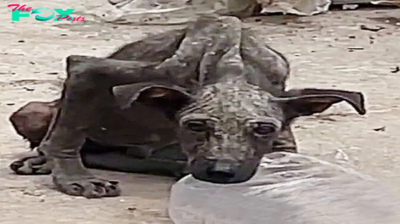
 Pet1m ago
Pet1m agoFrom Neglect to Nurture: Transforming a Skeletal Stray Dog with Unconditional Love.hanh
-
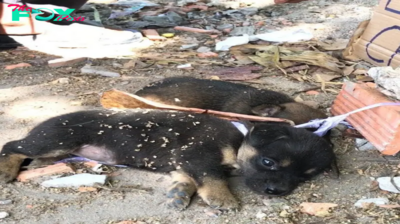
 Pet1m ago
Pet1m agoAn inspiring tale of rescuing two innocent puppies from heartless sellers, emphasizing the importance of compassion and protection for vulnerable animals.hanh


























